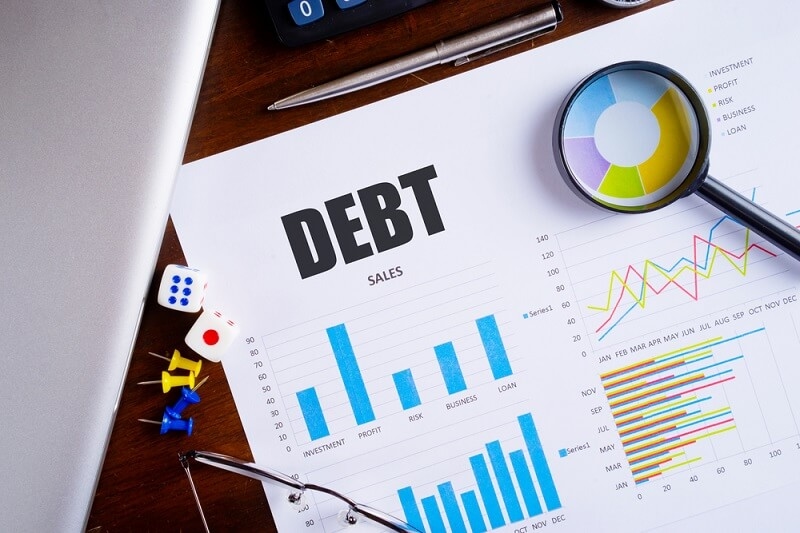
Managing multiple debts can feel overwhelming. Credit cards, personal loans, car payments—they pile up fast, and knowing how to tackle them efficiently is crucial. A debt payoff estimator is a simple yet powerful tool to see how long it will take to clear your debts and make smarter budget decisions. In this guide, we’ll cover different debt payoff tools, creating your own plan in Excel, and practical ways to improve your budget while paying off debt.
A debt payoff estimator is a tool that tells you the time needed to clear your entire debts by considering the different factors like balances, the interest rates, the minimum payments you make monthly and the extra amount you can spare and commit each month. The biggest advantage is that the entire process becomes clearer. If you know exactly when you will be done with the payments and how much interest you will have paid, it makes it easier for you to plan your budget and keep motivated.
The estimator lets you do the following as well:
Using a payoff estimator gives you control over your debt instead of feeling like debt controls you.
Discover More: Master Family Insurance Budgeting – Cut Costs Today!
There are many calculators available to support your plan and manage your debt effectively.
The debt payoff calculator snowball method starts by eliminating the smallest balance while making minimum payments on the other debts. Payment of the smallest debt releases the money for the payment of the next smallest debt.
Benefits of the snowball method include:
This approach is especially useful if staying motivated is your top priority.
A debt payoff plan calculator gives a complete overview of all your debts. It calculates total payoff time, total interest, and monthly payments for multiple debts.
By using this calculator you can:
The multiple debt payoff calculator is designed for handling more than one debt at the same time. It shows which debt to prioritize, how extra payments affect the timeline, and helps you avoid paying blindly. This is essential for anyone with several loans or credit cards.
While online calculators are convenient, Excel gives you full control. Here’s a step-by-step approach.
List all debts with their details. For example:
Select one between the snowball or avalanche method. The snowball method gives preference to lesser debts while the avalanche method is on the basis of the highest interest first. Formulas to direct additional payments to the selected debt until it is cleared and then the next one is taken up.
Know how much interest, payments, and new balances are there for each month. Stop when the debt amount becomes zero.
Update every month with the real payments and balances. Mark changes and progress to keep the morale high. This will also be linked to your budget so that only what you can afford realistically will be committed.
Explore More: Budget vs Coverage Balance in Auto, Home, and Health Plans

A debt payoff calculator or estimator gives you more than just an end date for your debt. It directly enhances your controlling money skills
You may like: How to Budget for Deductibles and Be Financially Ready
A debt payoff estimator is a valuable tool that gives you control and understanding. It helps you to know precisely how the payments will affect the timeline, interest, and overall debt. Financial freedom becomes a sure thing if the disciplined budgeting, realistic extra payments, and structured strategy are combined.
Pick an approach that fits both your personality and your finances, check your progress, and do minor refinements as needed. The goal is not only to eliminate the debt but to do it in the way that develops your financial skills and at the same time keeps you motivated through the journey.
This content was created by AI